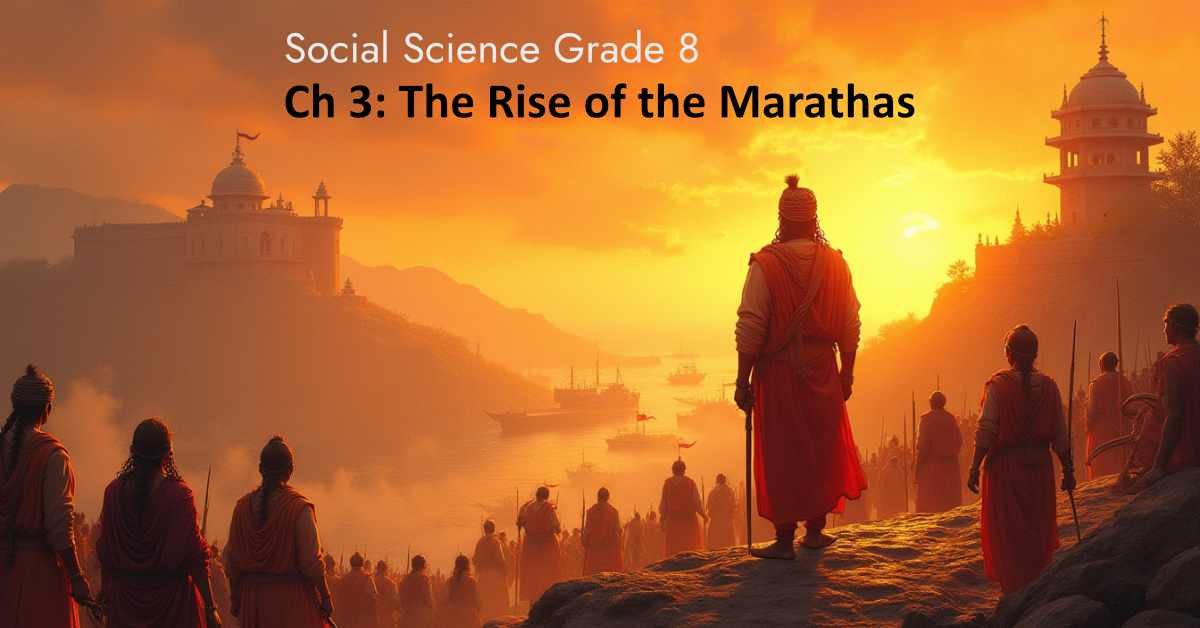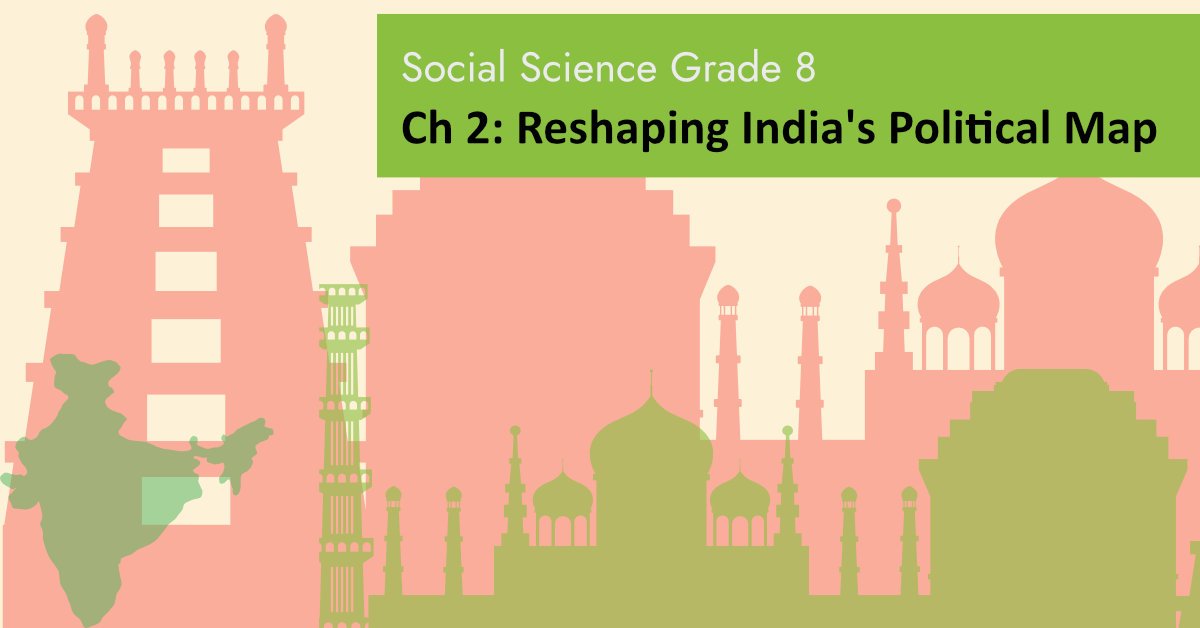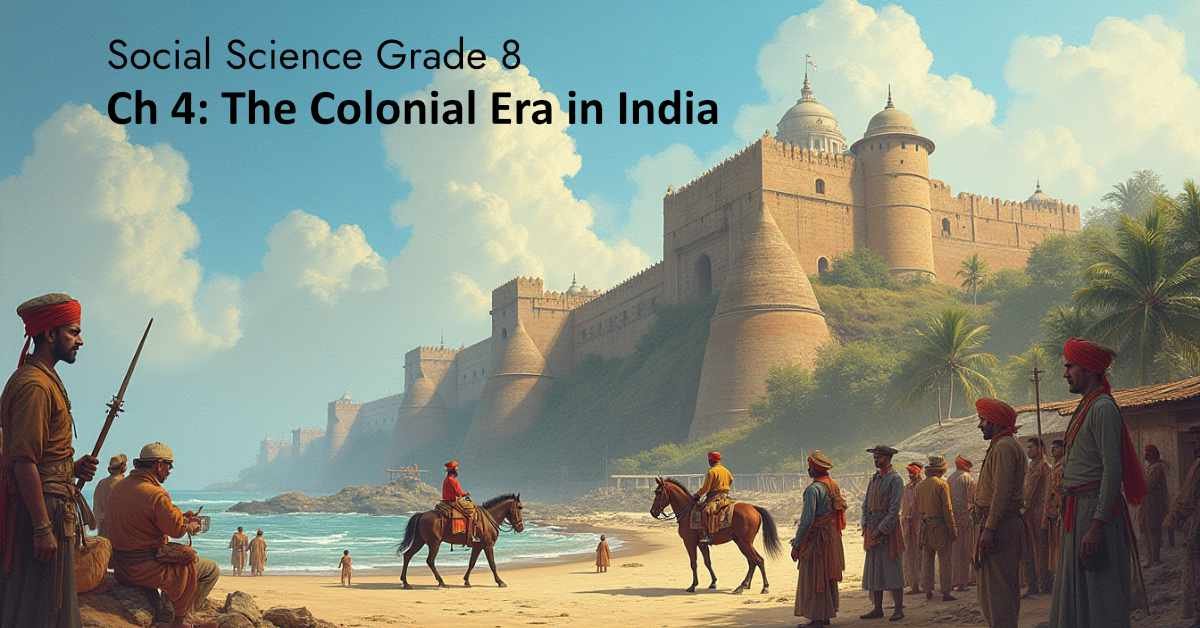The Exploring Society India and Beyond Class 8 Chapter 3 The Rise of the Marathas, highlights how a regional warrior community from Maharashtra rose to power and created the most dominant Indian empire before the British takeover.
The legacy of the Marathas lies in their spirit of independence, administrative innovations, and cultural revival. They not only resisted Mughal and foreign domination but also laid the groundwork for the idea that Indians could rule themselves—an idea that later inspired India’s freedom movement.
The Rise of the Marathas Worksheet
The Marathas were a warrior community from the Deccan plateau, especially Maharashtra. Under the leadership of Chhatrapati Shivaji Maharaj, they rose to become one of the most powerful empires in India before the British.
They developed a strong navy, adopted guerrilla warfare, built forts, encouraged trade, revived Indian culture, and challenged the mighty Mughal Empire. Later, under the Peshwas and other leaders like Tarabai, Ahilyabai Holkar, Bajirao I, and Mahadji Shinde, the Marathas expanded across India. Their fight for Swarājya (self-rule) became an inspiration for India’s later freedom movement.
Need help with textbook questions? Get our free Class 8 Social Science NCERT Solutions – packed with Q&A, MCQs, fill in the blanks, and more. Perfect for revision, homework, and exam preparation! Join us on WhatsApp to access more worksheets and study resources.
Also Download:
Social Science Worksheets Class 8
Science Worksheets for Class 8 Curiosity
Hindi Worksheets for Class 8 Malhar
Maths Worksheets for Class 8
The Rise of the Marathas class 8 Notes
Origins of the Marathas
- Native to the Deccan plateau (Maharashtra).
- Spoke Marathi language; had strong cultural traditions.
- Inspired by Bhakti saints like Tukaram, Dnyaneshwar, Ramdas.
Shivaji and the Foundation of Swarajya
- Born in 1630 to Shahji and Jijabai of the Bhonsle clan.
- Captured forts, launched guerrilla warfare, and envisioned Swarājya.
- Established Maratha Navy in 1657.
- Defeated Afzal Khan (Bijapur general) using wāgh nakh.
- Raided Surat (1664, 1670).
- Imprisoned in Agra but escaped cleverly.
- Crowned at Raigad in 1674 as Chhatrapati Shivaji Maharaj.
- Expanded southwards (Dakshina Digvijaya).
- Died in 1680.
Marathas after Shivaji
- Sons: Sambhaji (executed by Aurangzeb) and Rajaram.
- Rajaram’s widow Tarabai defended the kingdom.
- Rise of the Peshwas (Prime Ministers).
- Bajirao I, Nanasaheb, Madhavrao, Mahadji Shinde expanded empire.
- Controlled Delhi (1754), fought Afghans and British.
- Defeat at 3rd Battle of Panipat (1761) but recovered.
- Fought three Anglo-Maratha wars (1775–1818), ending in defeat.
Administration under the Marathas
- Civil Administration
- Shivaji abolished hereditary posts; officials paid by treasury.
- Council of Eight Ministers (Ashta Pradhan Mandal).
- Taxes: Chauth (25%), Sardeshmukhi (10%).
- Military Administration
- Army: Infantry, Cavalry, Navy.
- Cavalry: Bargirs (state-equipped) & Shiledars (self-equipped).
- Forts: Backbone of Maratha power.
- Guerrilla warfare + Navy led by Kanhoji Angre.
- Judicial System
- Panchayat and Kotwal ensured justice and order.
- Trade & Economy
- Encouraged inland & overseas trade.
- Ships sailed to Mocha, Muscat, Malacca.
Cultural Contributions
- Revival of Sanskrit and Marathi literature.
- Promotion of Hindu traditions while respecting other religions.
- Women leaders: Ahilyabai Holkar (rebuilt temples like Kashi Vishwanath, Somnath), Tarabai (expanded empire northward).
- Thanjavur Marathas patronised arts, Carnatic music, and Bharatanatyam.
Legacy of the Marathas
- Largest Indian empire before the British.
- Efficient governance & military strategies.
- Revived cultural confidence.
- Inspired India’s later fight for independence.
Social Science class 8 Chapter 3 Question Answer
Q1. Describe the coronation of Shivaji.
Ans. In 1674, Shivaji was crowned at Raigad with full Vedic rituals, taking the title Chhatrapati. He started a new era called Rajyabhisheka Shaka.
Q2. Explain the role of the Peshwas.
Ans. Peshwas became powerful prime ministers after Shivaji. Bajirao I expanded Maratha power across India. Nanasaheb, Madhavrao, and Mahadji Shinde strengthened empire and controlled Delhi until British takeover.
Q3. What were Chauth and Sardeshmukhi?
Ans. Chauth: 25% tax on provinces outside Maratha rule. Sardeshmukhi: Additional 10% levy. These ensured revenue and Maratha dominance.
Q4. Discuss the contributions of Ahilyabai Holkar.
Ans. Built and restored temples (Kashi Vishwanath, Somnath), cared for people, encouraged handloom industry, ruled Indore wisely.
Q5. Why is it said that the British took India more from the Marathas than from the Mughals?
Ans. Because by the 18th century, the Marathas were the main power in India, controlling most regions. The British had to defeat them in three wars (1775–1818) to establish supremacy.
Class 8 Social Science Chapter 3 MCQs
Shivaji’s coronation took place in:
a) 1666
b) 1657
c) 1680
d) 1674
Who was the famous Maratha naval chief?
a) Bajirao I
b) Kanhoji Angre
c) Mahadji Shinde
d) Tarabai
Which tax was 25% of revenue collected by the Marathas?
a) Sardeshmukhi
b) Chauth
c) Lagaan
d) Jaziya
The 3rd Anglo-Maratha war ended in:
a) 1761
b) 1775
c) 1818
d) 1754
Who rebuilt the Somnath temple?
a) Tarabai
b) Ahilyabai Holkar
c) Jijabai
d) Nanasaheb Peshwa
Answers:
d) 1674
b) Kanhoji Angre
b) Chauth
c) 1818
b) Ahilyabai Holkar
The Rise of the Marathas Fill in the Blanks
- Shivaji was born in the year __________.
- The weapon used by Shivaji to kill Afzal Khan was __________.
- Shivaji was crowned at __________ in 1674.
- The Maratha Navy was led successfully by __________.
- The additional 10% tax levied by the Marathas was called __________.
1630
Wāgh Nakh
Raigad Fort
Kanhoji Angre
Sardeshmukhi



